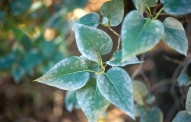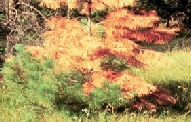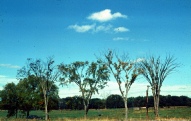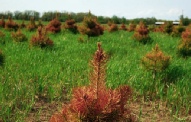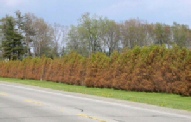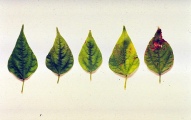

ConservaTree Inc. © 2022 All Rights Reserved
Our business
is looking up
Learn more about
ConservaTree’s
Residential
Tree Care
services or Arborist Consulting services and how they can
enhance the beauty
and value
of your property.
EXPLORE OUR SERVICES
An Arborist’s career
is centered around
maintaining
the health
and beauty of trees.
At ConservaTree we take pride
in our commitment to
tree care
and preservation.
TREE CARE MAINTENANCE
Contact ConservaTree
in London, ON at
(519)
670-
PROFESSIONAL TREE CARE
When you hire the
team of arborists at
ConservaTree,
you can rest assured that the work will be completed by professionals who take pride
in staying up to date with the latest industry standards for proper tree care.
INDUSTRY STANDARDS
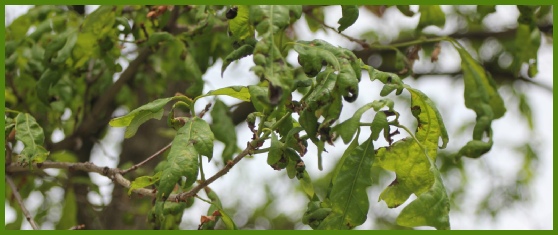
Tree diseases may be defined as abnormal disruptions in the basic life processes
of the plant, which may or may not be fatal. These disruptions are caused by parasitic
agents (principally fungi but also bacterial or viral) or non-
The presence of disease in trees is shown by the development of visible signs and
symptoms. Signs are structures produced by parasitic agents (e.g. mushrooms, conks,
fruiting bodies, etc). Symptoms are changes that occur as a result of injury (e.g.
wilting leaves, discolouration, deformities, etc). Note that signs can only be produced
by parasitic agents, while symptoms can be produced by both parasitic and non-
Parasitic Diseases
The parasitic diseases of trees, of which most are caused by fungi, can be grouped into 2 main categories:
a. Foliar
Foliar diseases attack the foliage of the plant and are rarely transported inside the plant to other tissues. Their effect is similar to the defoliator pests in that the damage is rarely serious and trees can usually recover.
Common foliar diseases in southwestern Ontario include:
-
-
b. Systemic
Systemic diseases are able to move within the plant, affecting not only the foliage, but also the cambium and roots. Because of their ability to attack the entire plant, systemic diseases are the most difficult to treat. Due to a lack of systemic fungicides that are approved for commercial use, pruning is often the only treatment available to help combat these diseases. Pruning of affected tissues can help slow the progression of disease but is often not enough to stop it.
The effects of systemic disease are often quite severe and can leave trees stressed and susceptible to attack by other organisms or lead to the outright death of the plant.
Common systemic diseases in southwestern Ontario include:
-
-
Non-
In addition to pest and disease issues, trees can also be negatively affected by a host of other interacting biological and climatic factors. These include: air and water pollution, flooding, drought, soil compaction, grade changes, nutrient imbalances, adverse weather, temperature extremes, and mechanical damage, such as cutting of roots for construction projects.
When a tree is in decline it is rarely the result of one single issue. Quite often, a stressed tree has been assailed by many negative factors, both biotic and abiotic, that have left it with an energy deficiency from which it is too weak to recover. For example, a tree growing in poor, compacted soil with inadequate drainage will have difficulty overcoming defoliation by insect pests. In attempting to regrow its leafy crown, the tree will have to use up a significant amount of its energy reserves which will leave it vulnerable to attack by a countless number of fungal agents. The end result of all this stress is usually dieback of stems or branches. Trees in advanced stages of dieback rarely recover, typically succumbing to invasion by secondary pests and diseases.
Because of this spiraling effect of stress and decline, the best prescription for landscape trees is prevention, through efforts to maximize the health and vitality of the plant. A healthy tree is far less likely to be attacked by pests and diseases and if it is attacked, generous amounts of stored energy will help ensure the best chance of recovery.
Common non-
-
-
-
-
TREE DISEASES AND DISORDERS
